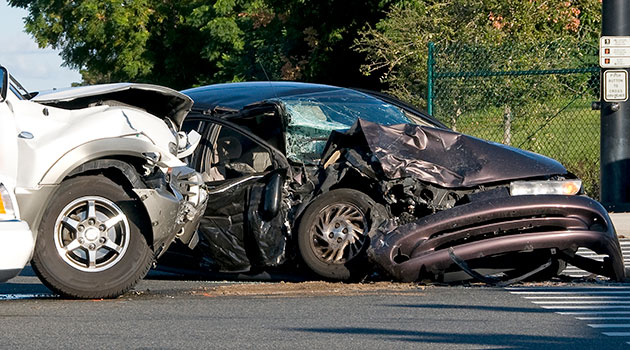According to numbers compiled by the National Safety Council (NSC), about 38,300 people lost their lives in motor vehicle-related incidents last year and an estimated 4.4 million were seriously injured. Compared to 2014 statistics, it marks the biggest year-over-year uptick in the percentage of driving deaths in 50 years, and the highest amount of lives lost on the road since 2008.
The number also bucks a recent trend of decreasing driving deaths, which ended in 2014 at a record-low of 1.07 deaths per 100 million vehicle miles traveled.
Specifically, the NSC report named the top 4 states with the largest increase in their motor vehicle mortality rate, including:
- Oregon – 27% increase.
- Georgia – 22% increase.
- Florida – 18% increase.
- South Carolina – 16% increase.
All of this tragedy occurred despite a distinct enhancement in many car manufacturers’ safety features, as noted in a 2013 study by the Insurance Institute for Highway Safety (IIHS), which found a 20% drop in driving deaths per million in just a 3-year time period and a 0% driver mortality rate for 9 different car models. The Institute attributed the numbers to security improvements such as electronic stability control and overall safer car designs.
As for the spike in overall deaths in 2015, the NSC cited several factors, including a rather unexpected one: the improving job market.
That translated, among other things, to more gas money spent and more miles traveled, as explained by the National Highway Traffic Safety Association (NHTSA). The correlating 3.5% increase in miles traversed in 2015 therefore naturally led to more chance of deadly incidents occurring, the NHTSA said.
But a mid-year report by the NSC in 2015, which heralded the increase in traffic deaths last year, also mentioned that cell phone-related crashes were also on the rise at the time, accounting for 27% of all crashes recorded between last January and last May.
According to the study, the number includes any crashes involving texting, hand-held, or hands-free cell phone use. Specifically, it estimated that texting-related crashes incorporated 6% of the total number of crashes, while talking on the phone broke down to 21%. Year-end estimates on the amount of cell phone-related crashes were unavailable.
Regardless, the NSC offered a battery of recommendations to improve road safety, including making sure that everyone in the vehicle is wearing a seatbelt, arranging for designated drivers, and never using a cell phone behind the wheel, among other suggestions.
